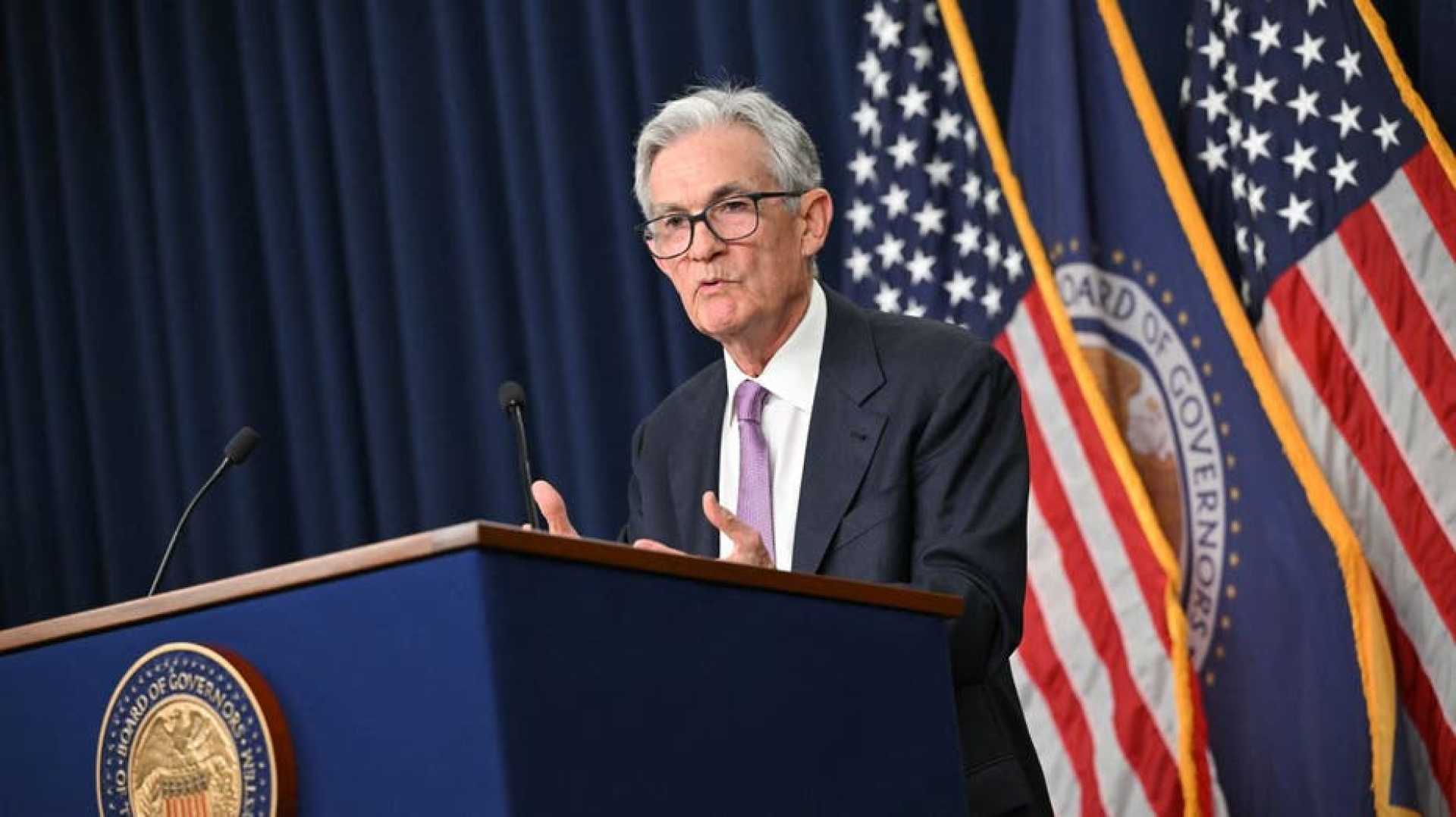News
Federal Reserve Cuts Interest Rates: Implications for Homeowners

The Federal Reserve has recently announced a reduction in its key interest rate by 50 basis points. For those involved in the housing market, this decision comes as a complex development. While an immediate drop in mortgage rates is unlikely, there is potential for lower rates in the future.
To comprehend the current situation, it is essential to consider the backdrop of high inflation experienced two summers ago, which led the Federal Reserve to increase interest rates aggressively. These actions caused mortgage rates, which were at historic lows, to rise sharply, resulting in a significant slowdown in home buying and selling activities. Despite this interest rate cut, mortgage rates do not align directly with the federal funds rate but are instead linked to the yields on 10-year Treasury bonds. Currently, the spread between these rates is unusually wide.
Market expectations surrounding the Federal Reserve’s move have been influenced by positive economic data over recent months. These expectations led to a decline in mortgage rates even before the actual rate cut, as the bond market had anticipated this action. Thomas Ryan, an economist at Capital Economics, explained to Fortune that mortgage rates are more closely tied to the anticipated actions of the Federal Reserve rather than immediate policy changes. Consequently, mortgage rates have already factored in this rate cut.
As of last Thursday, the average 30-year fixed-rate mortgage was 6.2%, down from a peak of 7.22% in early May and 7.79% in October of the previous year. Although there has been some increase in refinancing activity, the overall housing market remains sluggish. Many potential buyers are delaying their purchases in the hope of lower mortgage rates, which may not materialize immediately. Mark Fleming, Chief Economist at First American, emphasizes that despite the delay in some benefits, the current lower mortgage rates are already beneficial compared to a few months ago.
The spread between mortgage rates and Treasury yields is influenced by uncertainty, which has widened considerably in recent years. Ryan notes that with the Federal Reserve entering a phase of monetary easing, uncertainty is reducing, which may lead to a narrower spread and thus, a gradual decline in mortgage rates. However, the timeline and extent of these changes remain uncertain as much of the decline has already occurred.
According to Mark Fleming, the significance of the Federal Reserve’s actions lies in the larger context of a monetary loosening cycle. He suggests that this rate cut signals a shift towards lower rates over the coming months, rather than immediate drastic changes.
Meanwhile, high home prices continue to be a concern. Federal Reserve Chair Jerome Powell and economists like Nick Villa from Moody’s stress the importance of addressing the structural housing deficit by building more homes, which might be a more long-term solution to the current challenges in the housing market.
Despite the rate cut, some homeowners view this as an opportunity for refinancing. Chen Zhao, economic research lead at Redfin, explained to CNBC that many rate cuts were already anticipated and priced into the market. While refinancing activity has increased, experts like Jeff Ostrowski from Bankrate.com advise that timing refinancing solely based on mortgage rate fluctuations is challenging. Homeowners should consider their personal circumstances and possible upcoming rate cuts when deciding on refinancing.












